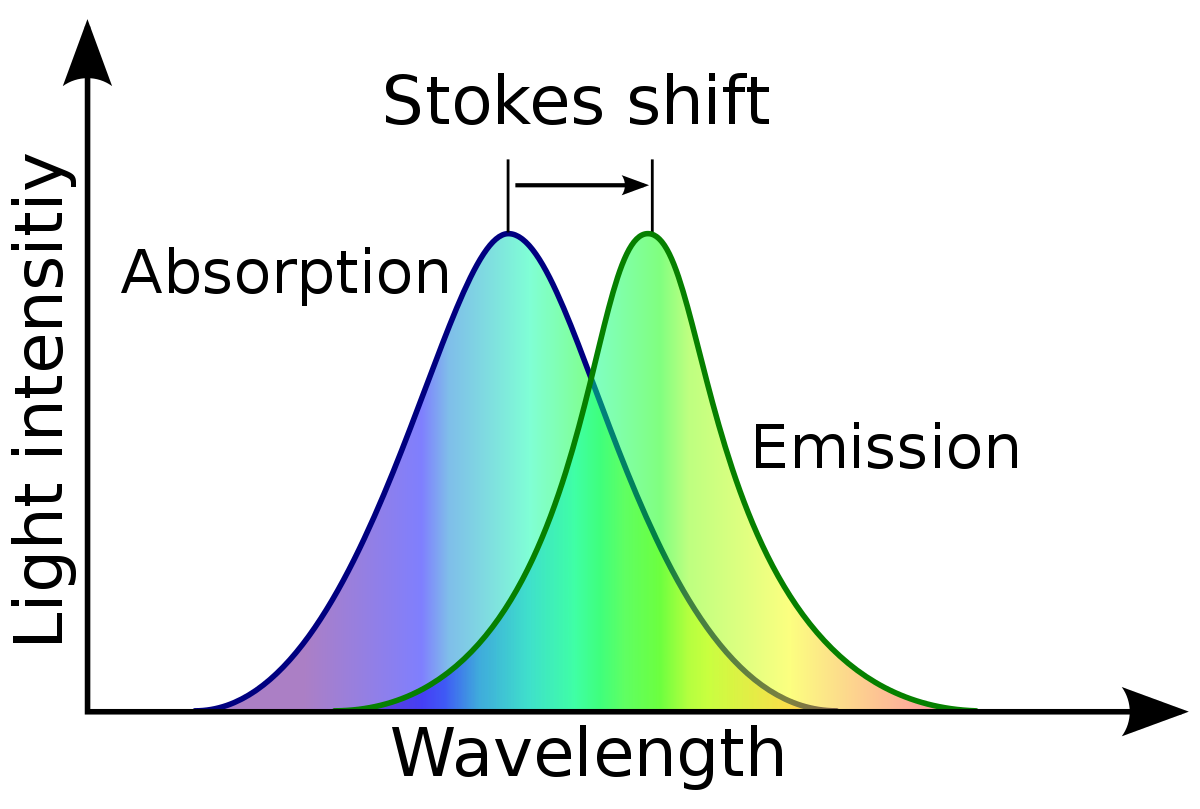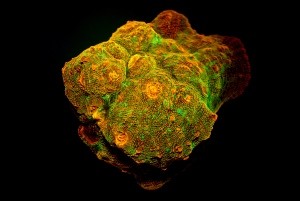Having read through a multitude of threads espousing the benefits, or not, of 'complete spectrum' (relatively speaking), I found this article the other day and had the chance to really dig into the nitty-gritty bits today:
Acclimatization of symbiotic corals to mesophotic light environments through wavelength transformation by fluorescent protein pigments
While a bit involved, I do think it's the worth the effort and time required to grasp the implications of how corals have adapted to the predominately blue light field found at mesophotic (~45 meters) depths. What was discovered has implications for the current all blue wavelength lit reef aquaria, especially in medium/low PAR environments.
The big takeaway for me was that brownish corals (Lobophyllia hemprichi and Echinopora sp.) at lower light levels of around 25 PAR found at ~45 meters depth (basically all 'bluish' light) had 100% mortality after 2 years in those conditions. Those same two species (same conditions) that had pcRFP pigmentation (photo convertible, from green to red, Red Fluorescent Pigmentation) had 0% mortality. The pcRFP pigmentation exists in the upper epidermis layer and converts blue light to orange/red which then has the ability to penetrate the coral tissue to a greater depth (nourishing the deeper living zooxanthellae) as well as scattering the light more broadly to benefit many more of the aforementioned zooxanthellae.
An interesting excerpt (refers to the Gulf of Eilat):
While completely absent in the shallowest surveyed depth of 1 m, the proportion of red fluorescent coral colonies increases with depth, reaching 30% at 45 m depth.
I doubt many of us are running 25 PAR reefs , but the findings are still relevant to reef keepers running all blue lower light level reefs and can help to explain why certain corals in the population simply fade away over extended periods of time.
, but the findings are still relevant to reef keepers running all blue lower light level reefs and can help to explain why certain corals in the population simply fade away over extended periods of time.
Acclimatization of symbiotic corals to mesophotic light environments through wavelength transformation by fluorescent protein pigments
While a bit involved, I do think it's the worth the effort and time required to grasp the implications of how corals have adapted to the predominately blue light field found at mesophotic (~45 meters) depths. What was discovered has implications for the current all blue wavelength lit reef aquaria, especially in medium/low PAR environments.
The big takeaway for me was that brownish corals (Lobophyllia hemprichi and Echinopora sp.) at lower light levels of around 25 PAR found at ~45 meters depth (basically all 'bluish' light) had 100% mortality after 2 years in those conditions. Those same two species (same conditions) that had pcRFP pigmentation (photo convertible, from green to red, Red Fluorescent Pigmentation) had 0% mortality. The pcRFP pigmentation exists in the upper epidermis layer and converts blue light to orange/red which then has the ability to penetrate the coral tissue to a greater depth (nourishing the deeper living zooxanthellae) as well as scattering the light more broadly to benefit many more of the aforementioned zooxanthellae.
An interesting excerpt (refers to the Gulf of Eilat):
While completely absent in the shallowest surveyed depth of 1 m, the proportion of red fluorescent coral colonies increases with depth, reaching 30% at 45 m depth.
I doubt many of us are running 25 PAR reefs





















